Serving wine isn't just about pouring a drink; it's an art that enhances the entire wine-drinking experience.
Whether you're hosting a formal gathering or simply enjoying a quiet evening at home, knowing how to serve wine properly will elevate the enjoyment and impress your guests.
In this comprehensive guide, we will explore the nuances of wine service, from understanding different wine types to the perfect pour and food pairings.
By the end, you'll be equipped with the knowledge and confidence to ensure a memorable wine service experience.
Short Summary
- Understanding wine: Different types of wine and their ideal serving temperatures.
- Glassware selection: Choosing appropriate glasses to enhance aromas and flavors.
- Opening a bottle: Step-by-step guide to gracefully uncorking a bottle of wine.
- The perfect pour: Techniques for pouring wine with a steady hand and allowing it to breathe.
- Decanting: Unleashing the flavors and aromas by transferring wine to a wine decanter.
- Storing wine: Tips for protecting the quality of both opened and unopened bottles.
- Wine and food pairing: Guidelines for matching wines with various dishes.
- Common mistakes to avoid: Overfilling glasses, incorrect serving temperatures, and more.
- Secrets and Suggestions: Experimentation, note-taking, wine education, and sharing the experience.
- Resources for wine enthusiasts: Books, online platforms, courses, tastings, and winery visits.
Understanding Wine: Types and Ideal Serving Temperatures
To begin our journey into the world of wine service, it's crucial to understand the different types of wine and their recommended serving temperatures.
Each wine variety has its own optimal temperature range, allowing the flavors and aromas to shine. Here's a quick overview:
- Sparkling Wine and Champagne: 6-8°C (43-46°F)
- White Wine: 8-12°C (46-54°F)
- Rosé Wine: 10-12°C (50-54°F)
- Light-Bodied Red Wine: 12-14°C (54-57°F)
- Medium-Bodied Red Wine: 14-16°C (57-61°F)
- Full-Bodied Red Wine: 16-18°C (61-64°F)
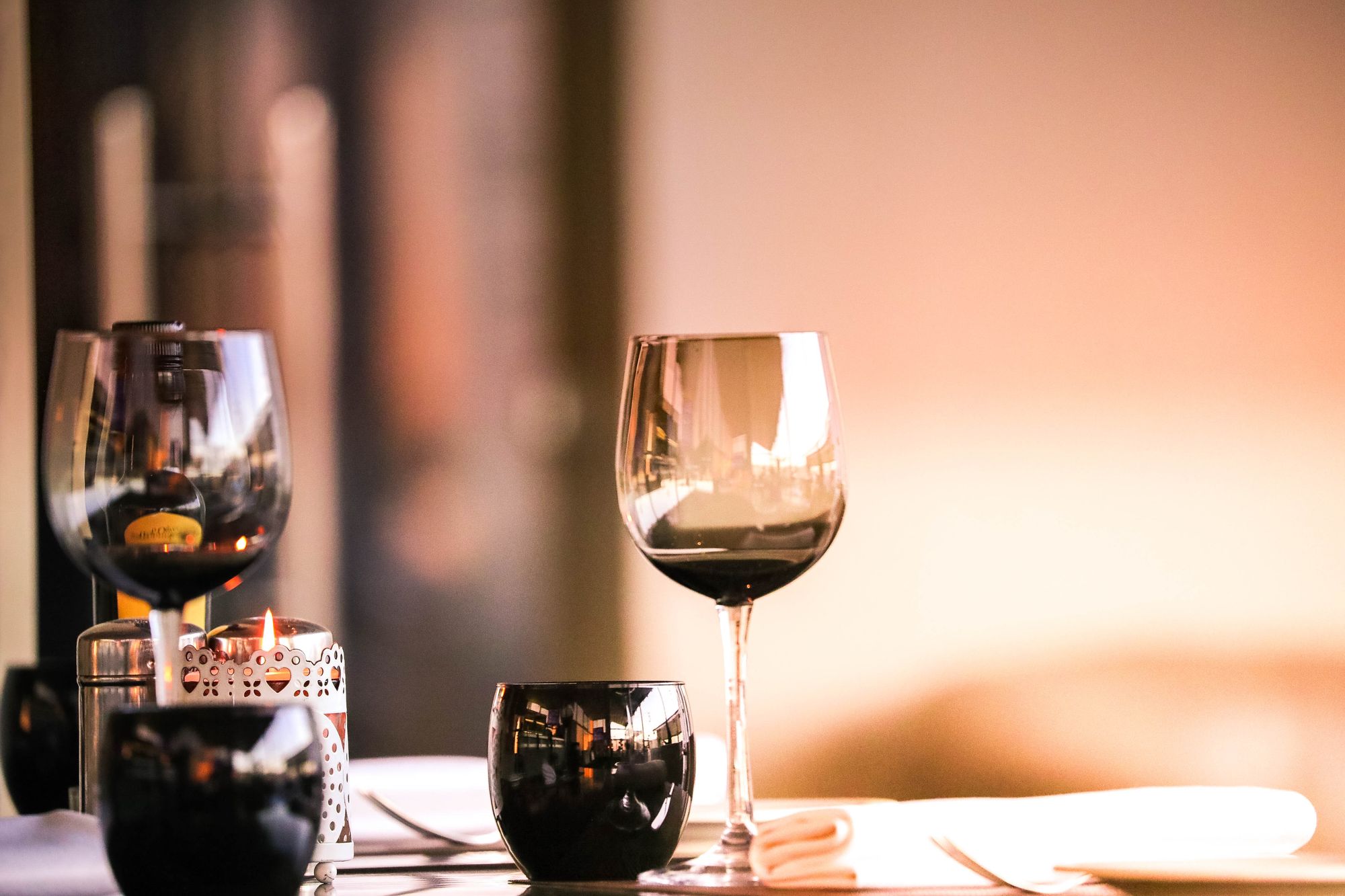
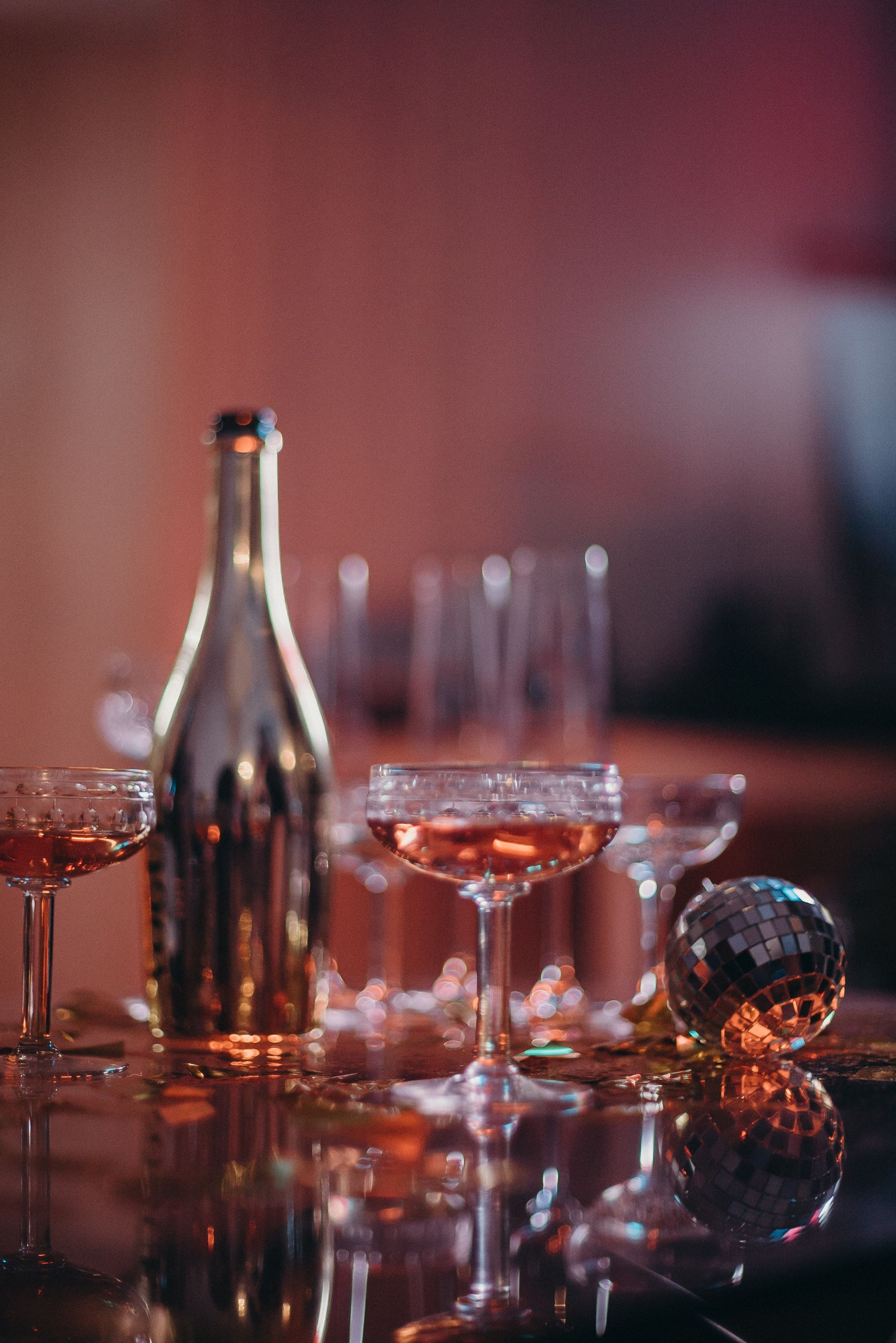
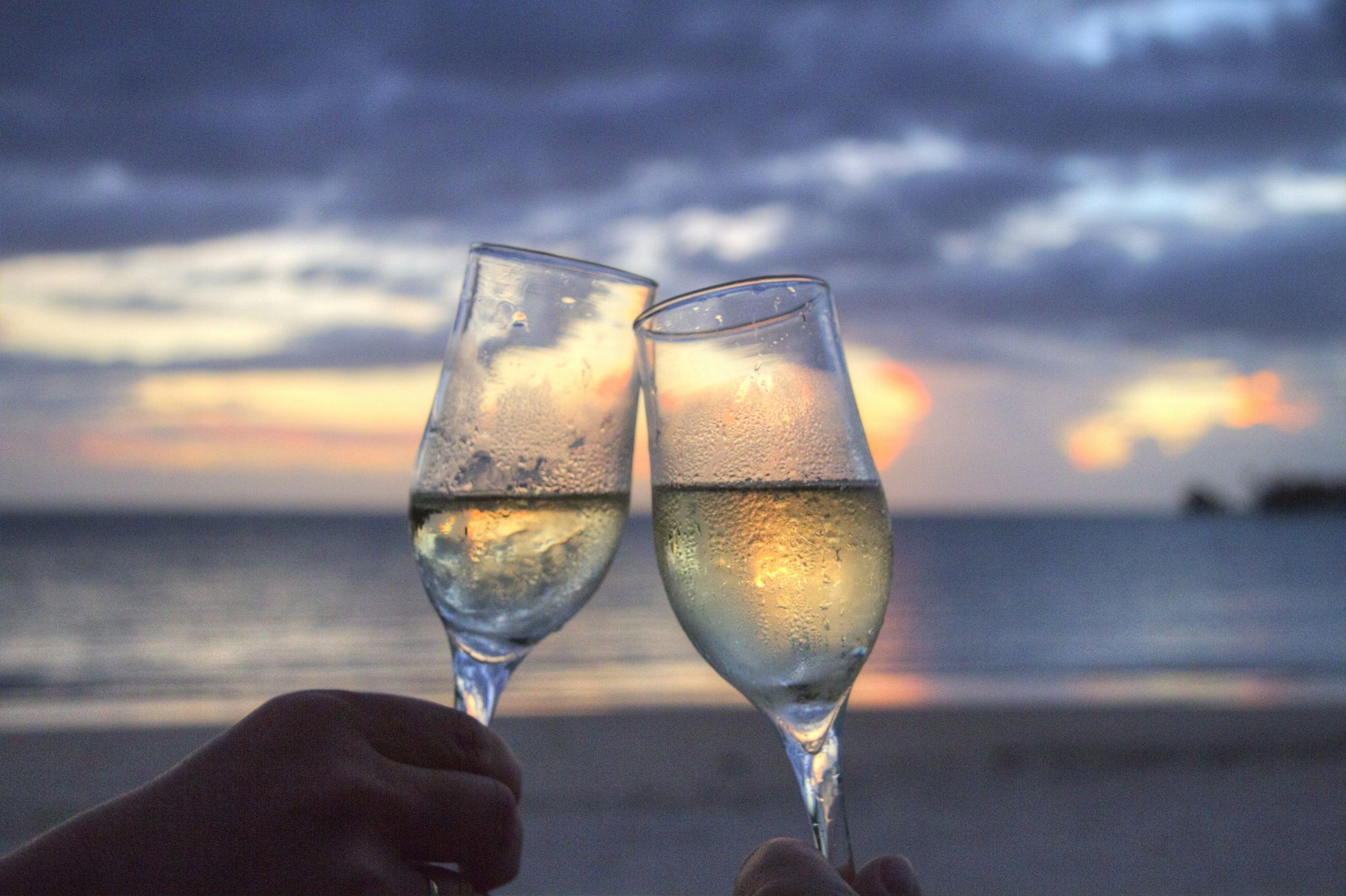
Selecting the Perfect Glassware: Enhancing Aromas and Flavors
The glassware you choose greatly influences the wine-drinking experience. Opt for clear, thin, and tulip-shaped glasses to allow the wine's aromas to concentrate while providing enough space for swirling.
Different wine types benefit from specific glass shapes, such as narrow flutes for sparkling wine, smaller bowls for whites, and larger bowls for reds. Investing in quality glassware will undoubtedly enhance your enjoyment of wine.
The Art of Opening a Bottle: Unveiling the Magic Within
Opening a bottle of wine gracefully adds to the sense of occasion. Start by removing the foil or capsule, then insert the corkscrew just off-center, gently twisting until it's secure.
Applying controlled pressure, slowly pull the cork upward, listening for the subtle pop. For older wines with fragile corks, a two-step corkscrew may be preferred. Remember, patience and a steady hand are key to a successful uncorking experience.
The Perfect Pour: Techniques for a Flawless Presentation
When it comes to pouring wine, a steady hand and proper technique make all the difference. Hold the neck of the bottle up by the base or lower half, positioning the spout of the bottle just above the glass.
Pour slowly, aiming to fill the glass to one-third or half full. This approach allows the wine to breathe and release its aromas. For sparkling wine, tilt the glass and pour down the side to preserve the effervescence.
Unleashing the Bouquet: The Art of Decanting
Decanting is a process that involves transferring wine from its bottle to a decanter.
It serves multiple purposes, including separating the wine from any sediment, allowing it to breathe and fully develop its flavors and aromas.
To decant wine, carefully pour it into a clean decanter, holding the bottle with a steady hand and stopping before reaching the sediment at the bottom.
Let the wine rest in the decanter for a recommended time, usually 30 minutes to an hour, before serving.
Decanting is particularly beneficial for older red wines and some full-bodied whites, enhancing their overall character.
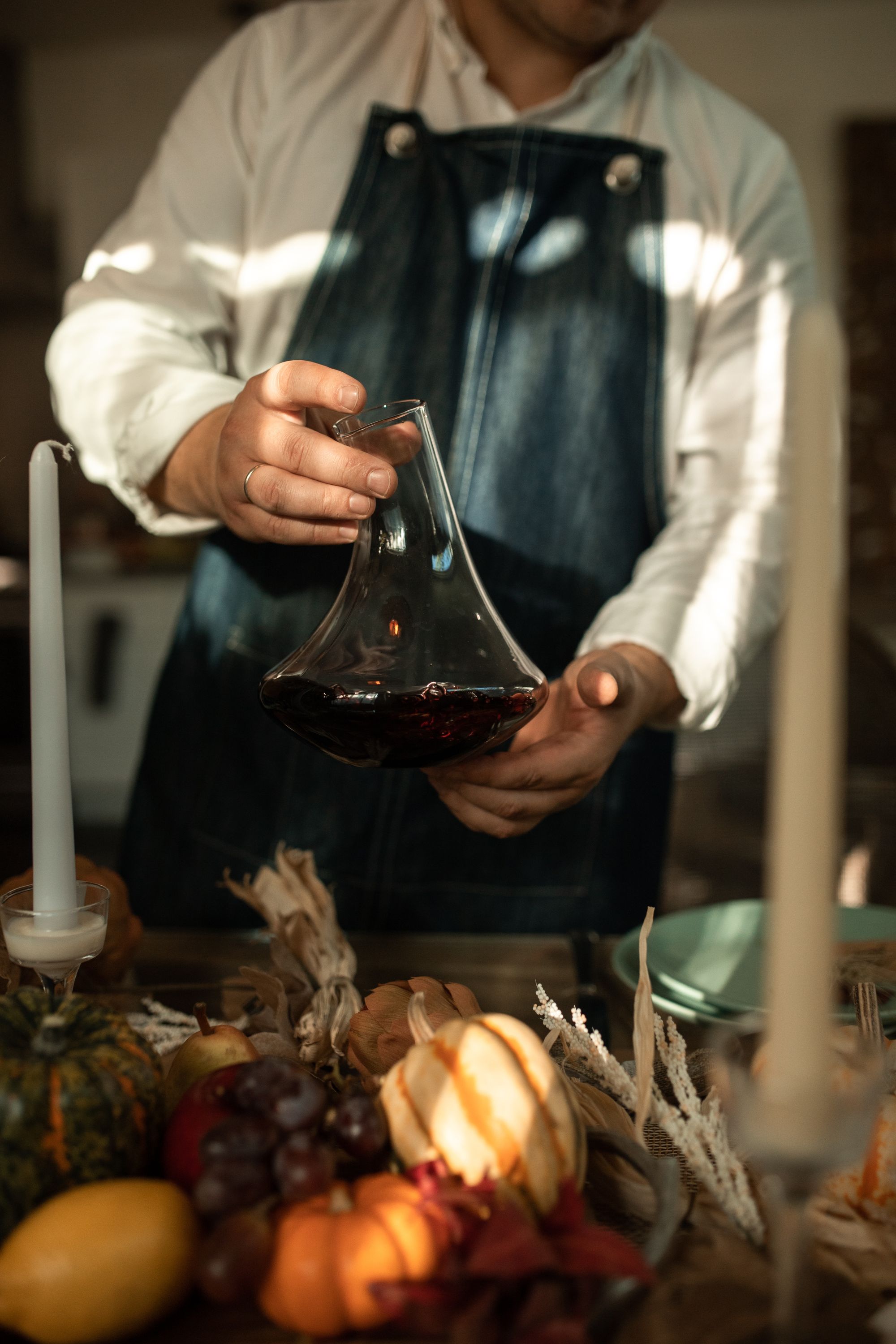
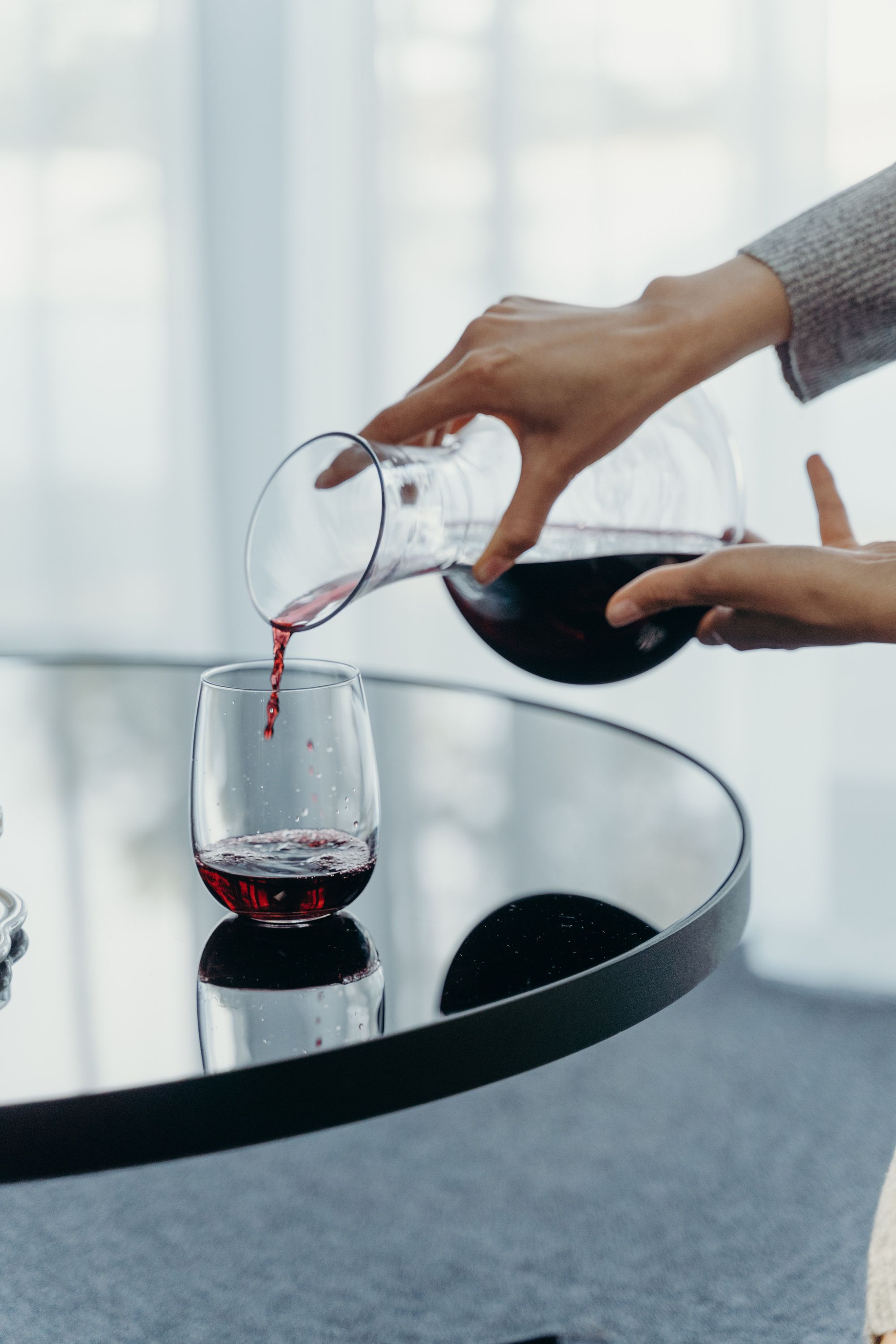
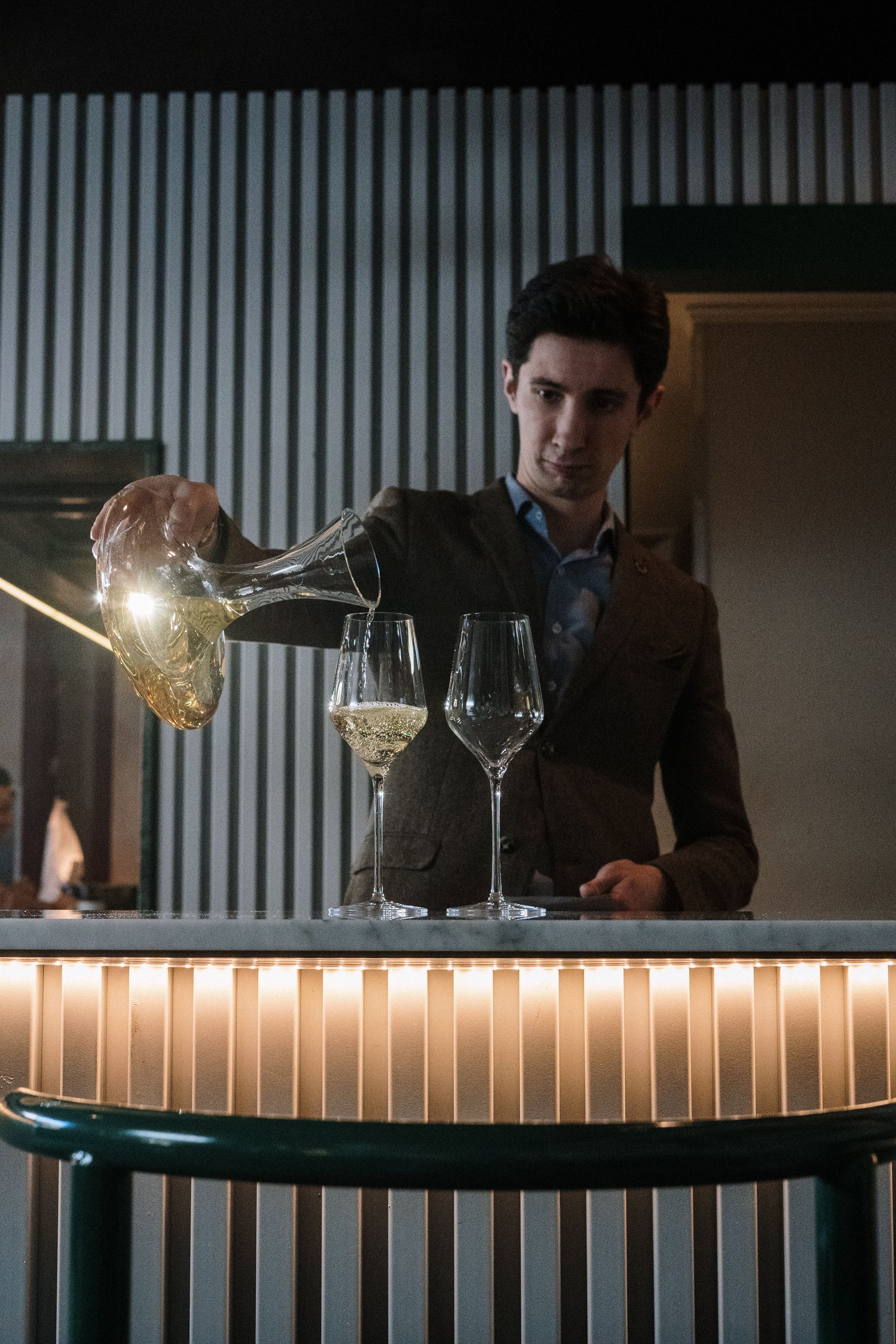
Storing Wine: Protecting Your Investment
Proper storage of both opened and unopened bottles of wine is essential to maintain their quality and integrity.
For unopened bottles, store them in a cool, dark place, away from direct sunlight and temperature fluctuations. Invest in a wine refrigerator or create a dedicated wine cellar if possible.
Opened bottles should be resealed tightly with a wine stopper or cork and stored in the refrigerator. Remember that white wines and sparkling wines have a shorter shelf life once opened compared to red wines.
Wine and Food Pairing: Elevating Your Culinary Experience
Pairing wine with food can elevate the flavors of both, creating a harmonious dining experience. Some general guidelines include:
White Wine: Pair light, crisp white wines with seafood, salads, and light poultry dishes. Richer white wines complement creamy pastas, roasted vegetables, and flavorful cheeses.
Rosé Wine: Versatile and refreshing, rosé wines pair well with a range of foods, including salads, grilled meats, and Mediterranean cuisine.
Light-Bodied Red Wine: Opt for light red wines with dishes like roasted chicken, grilled fish, and earthy mushroom-based recipes.
Medium-Bodied Red Wine: Pair medium-bodied reds with a variety of dishes, such as roasted pork, lamb, and pasta with tomato-based sauces.
Full-Bodied Red Wine: Rich, robust red wines pair excellently with red meat, game, hearty stews, and aged cheeses.
Remember, personal preferences play a significant role in pairing wine and food. Experimentation and discovery are part of the fun!
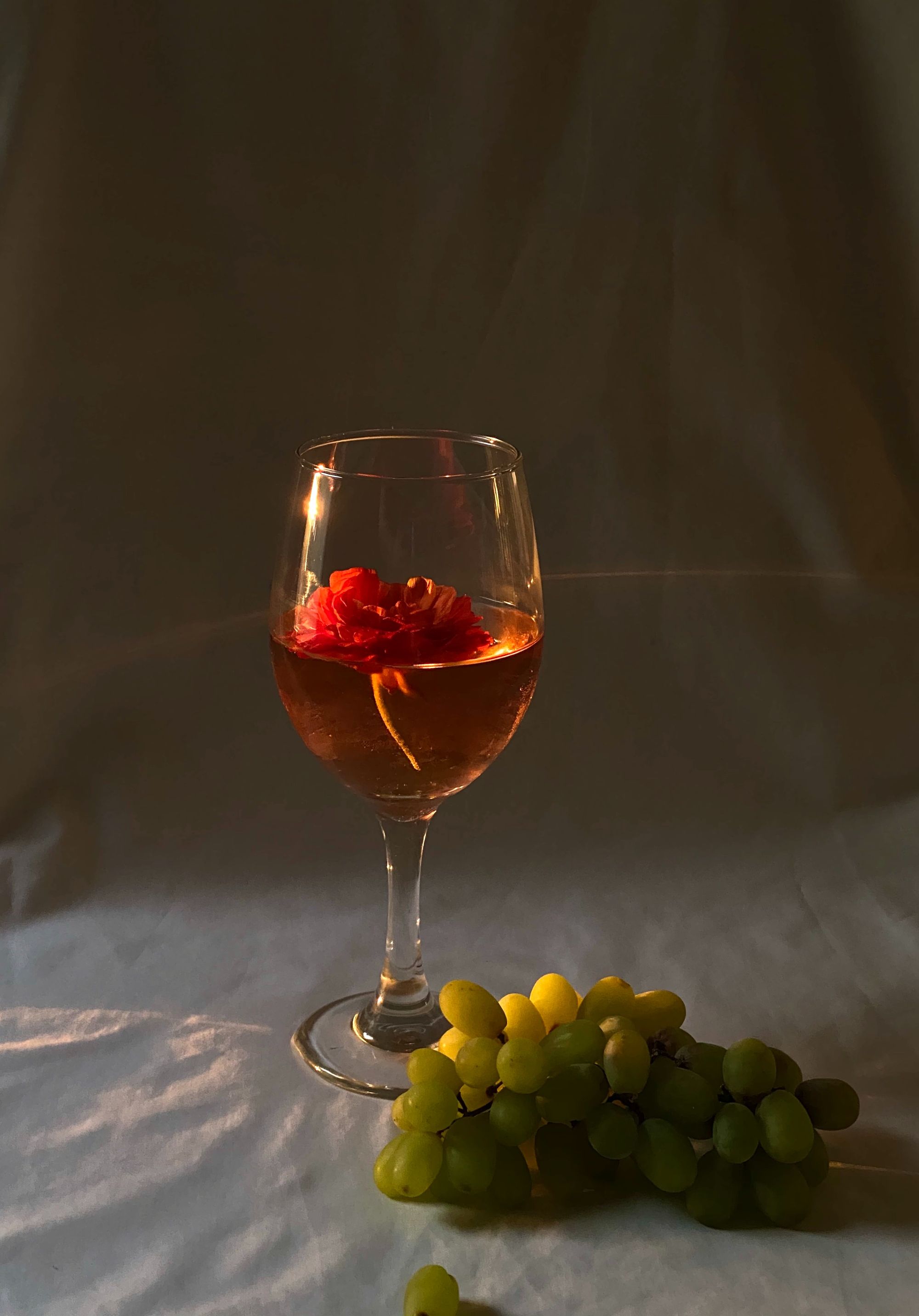
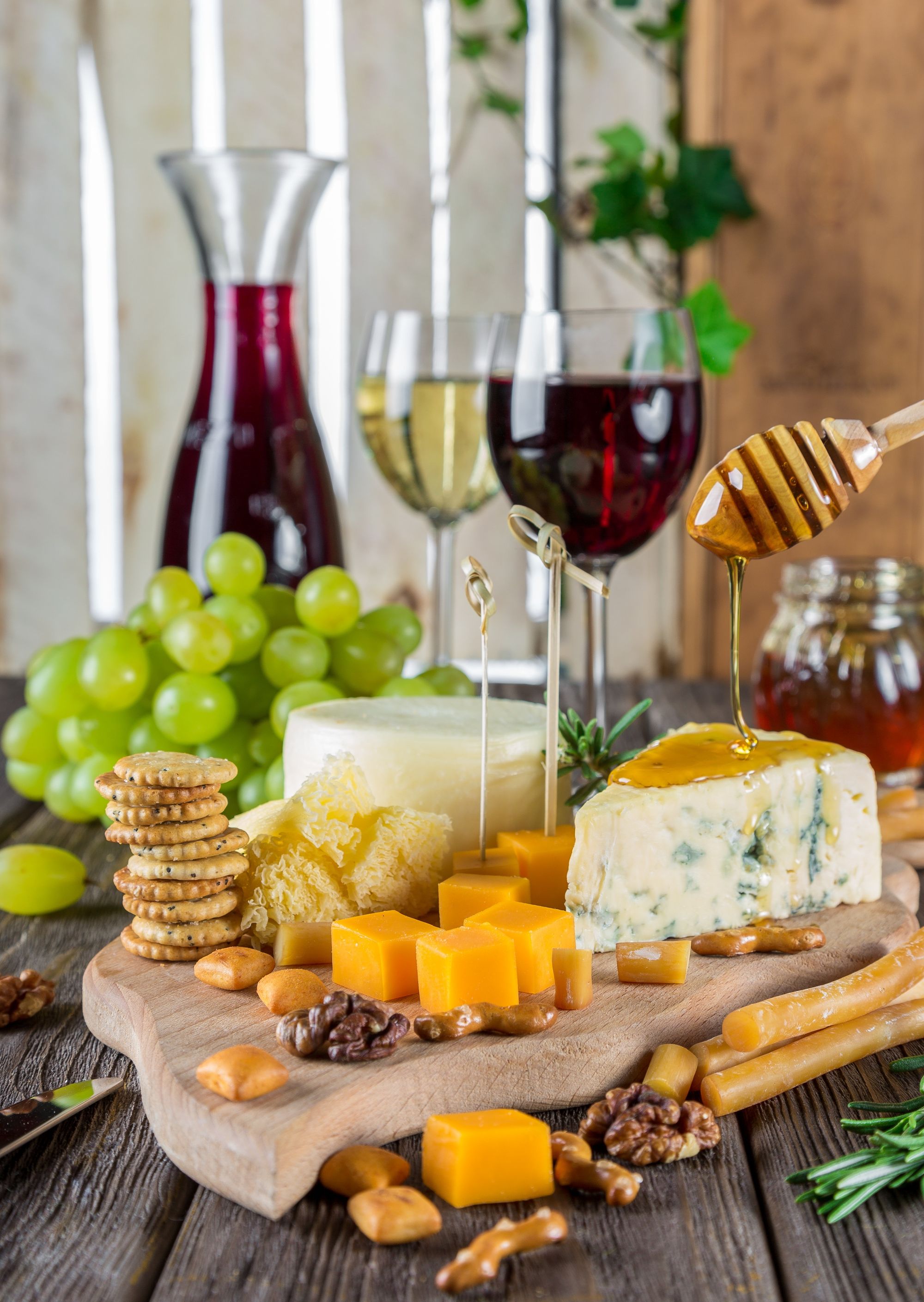
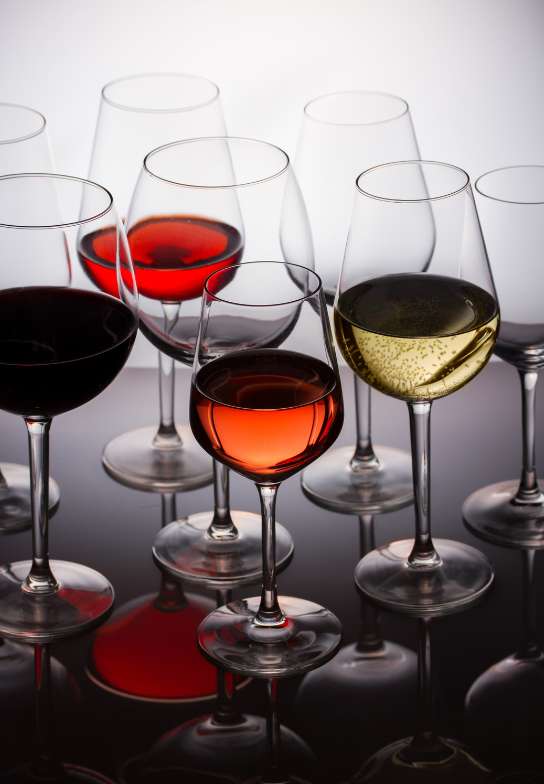
Common Mistakes to Avoid: Ensuring a Seamless Wine Service
To ensure a seamless wine service and guest experience, be mindful of these common mistakes:
Serving wine at incorrect temperatures: Always aim for the recommended serving temperature range for each wine type.
Overfilling glasses: Leave enough room to pour wine for swirling and allow the wine to breathe.
Ignoring proper glassware: Choose appropriate glassware to enhance the wine's aromas and flavors.
Rushing the decanting process: Allow sufficient time for the wine to breathe and develop its full potential.
Storing wine in unsuitable conditions: Protect your investment by storing wine in a cool, dark environment, away from sunlight and temperature fluctuations.
Secrets and Suggestions for a Memorable Wine Experience
- Experiment with different wine varietals and regions to broaden your palate.
- Take notes during a wine tasting to track your preferences and discoveries.
- Engage in wine education courses, workshops, or local wine events to deepen your knowledge.
- Share the restaurant and wine service experience with friends and family to create lasting memories.
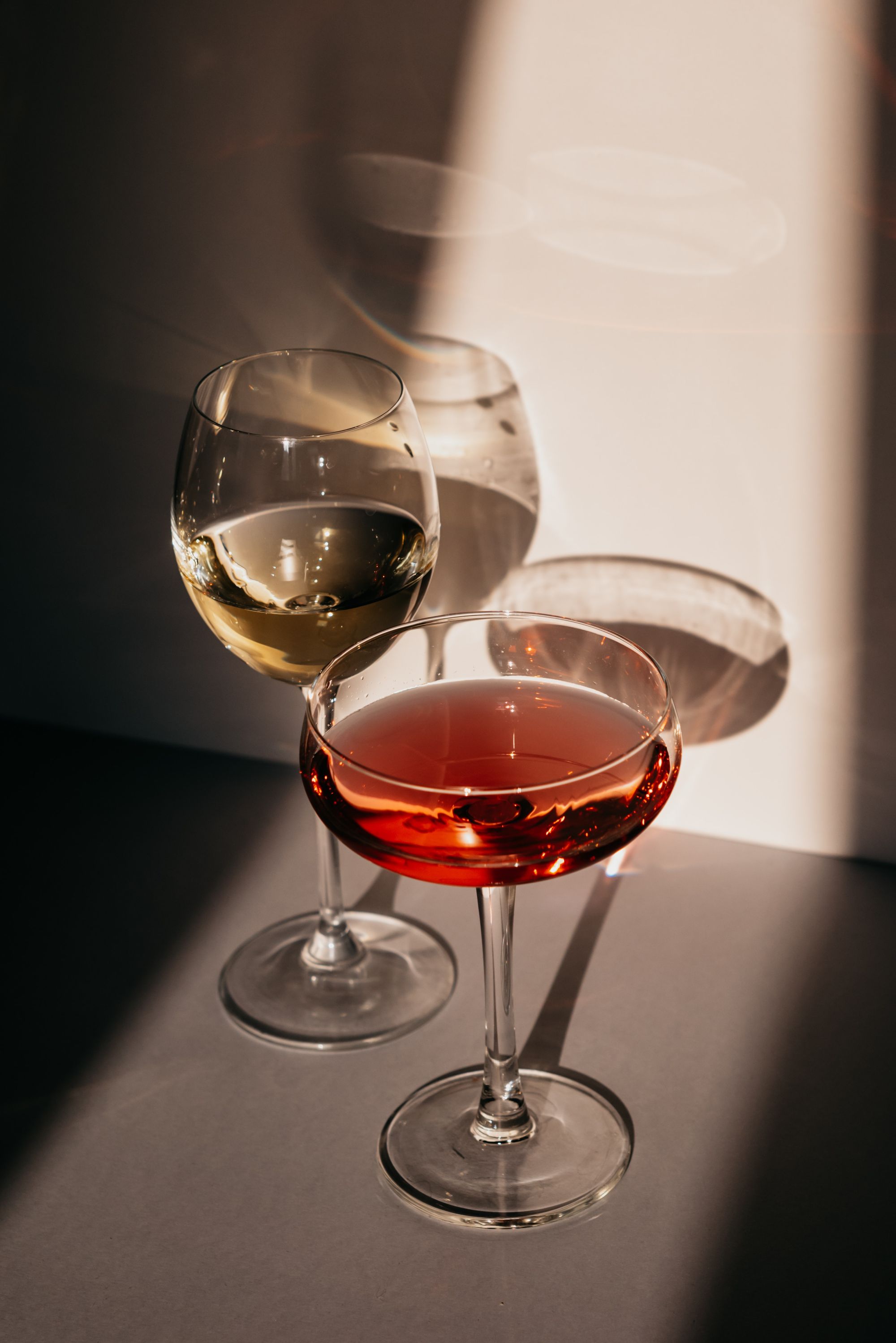

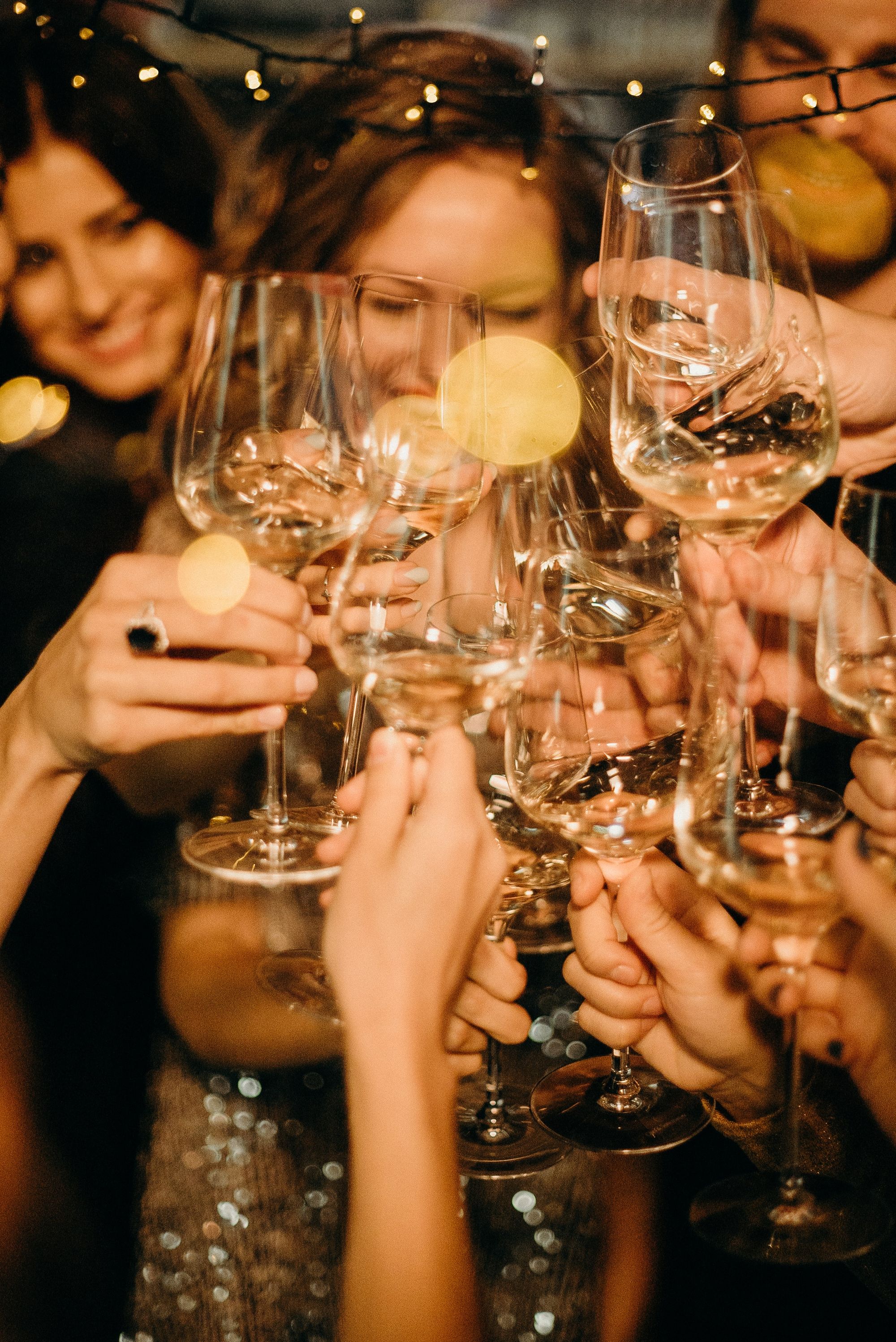
Resources for Wine Enthusiasts: Expand Your Knowledge
To further your wine knowledge and expertise, explore these recommended resources:
Books: "The World Atlas of Wine" by Hugh Johnson and Jancis Robinson, "Wine Folly: Magnum Edition" by Madeline Puckette and Justin Hammack, and "The Wine Bible" by Karen MacNeil.
Online Platforms: Wine Spectator, Decanter, and Wine Enthusiast
Wine Courses: Consider enrolling in certified wine courses such as the Wine & Spirit Education Trust (WSET) or the Court of Master Sommeliers.
Wine Tastings and Events: Attend local wine tastings, festivals, and events to broaden your palate and interact with industry professionals.
Wine Clubs: Join wine clubs or subscription services that provide curated selections and educational materials.
Online Communities: Engage with online wine communities and forums to share experiences, ask questions, and learn from fellow enthusiasts.
Winery Visits: Plan visits to wineries and vineyards to gain firsthand knowledge about the winemaking process and regional specialties.
By utilizing these resources, you'll embark on a continuous journey of discovery, expanding your understanding and appreciation of wine.
👉 Related Reads: How Cold Does a Wine Fridge Get, Wine Fridge vs Wine Cooler, How to Drink Wine, Dual Zone vs Single Zone Wine Coolers, White Wine Temperature, Red Wine Temperature, How to Tell if Wine is Bad, How to Decant Wine, Storing Wine at Home, How to Choose a Wine Fridge
Frequently Asked Questions
What is the best way to serve wines?
The best way to serve wine is to serve it at the proper temperature. Serve red wine between 60-68°F (15-20°C) and white wines should be served between 45-55°F (7-13°C). You should also use the appropriate glassware for the type of wine you are serving. Red wines are typically served in a larger, round-bowled glass, while white wines are served in smaller, tulip-shaped glasses. Lastly, make sure to decant your wine before serving to allow it to breathe and open up the flavor.
What is the etiquette for serving wine?
When serving wine, the general rule of wine etiquette is to start with a white wine and then move to a red. It is also important to serve the wine at the right temperature. For white wines, it should be served cold, while red wines should be served slightly cooler than room temperature. Additionally, it is important to serve the right amount of wine for each person. Generally, a bottle of wine should serve four to five people. Lastly, when pouring wine, it is polite to pour for the other guests before pouring for yourself.
How do you serve wine for beginners?
For beginners, the best way to serve wine is to start with a light-bodied and lightly flavored wine, such as a white or rosé. Serve the wine chilled, which will help to bring out the flavors and aromas. It is also important to use the right wine glass; red wines should be served in a large, round-bowled glass, while white wines should be served in a smaller glass with a narrower bowl. Additionally, it is important to aerate the wine to bring out the flavor and aroma. This can be done by pouring the wine into a decanter or by simply swirling the wine in the glass.
What is the correct way to pour a whole bottle out of wine?
The proper way to pour a bottle of wine is to first hold the bottle at a 45-degree angle and pour the wine gently into the glass. Make sure to not pour too quickly as this will cause the wine to become aerated, which can affect the taste. Additionally, it is important to not fill the glass more than halfway, as this will cause a loss of flavor and aroma. Finally, always make sure to put the wine bottle back down after pouring and not leave it in the glass.
Summary
Mastering the art of wine service is a journey that enhances the pleasure and sophistication of wine-drinking.
With a solid foundation of knowledge on wine types, serving temperatures, glassware selection, opening techniques, pouring, decanting, and storage, you'll confidently navigate the world of wine.
Pairing wine with food will elevate your culinary experience, while avoiding common mistakes and incorporating tips and tricks will ensure a seamless wine service.
Remember, wine is meant to be enjoyed, shared, and celebrated.
In search of a wine cooler? Explore our best wine fridge recommendations to find the perfect fit for your unique requirements.
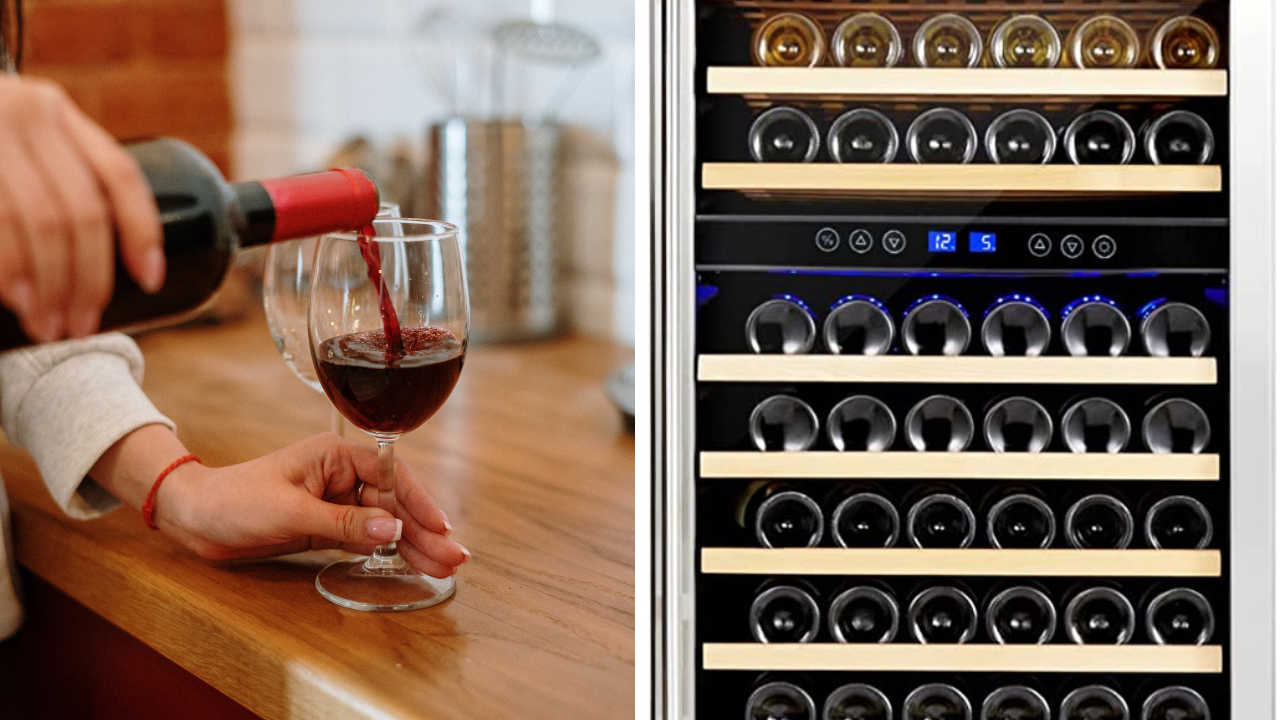
Or if you are tight on space, check out our article on the Best Slim Wine Fridge.
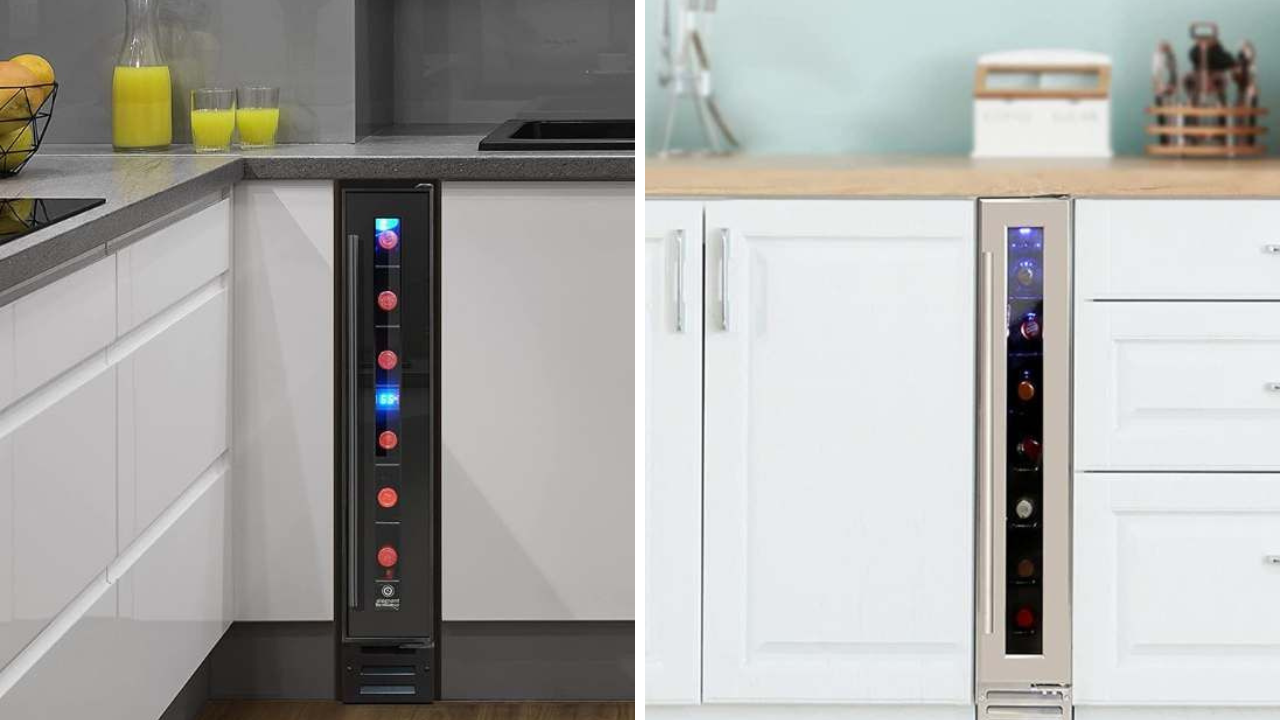
Do you have a large collection of wine? Then you may want to read our article on the top picks for the best large wine fridge.
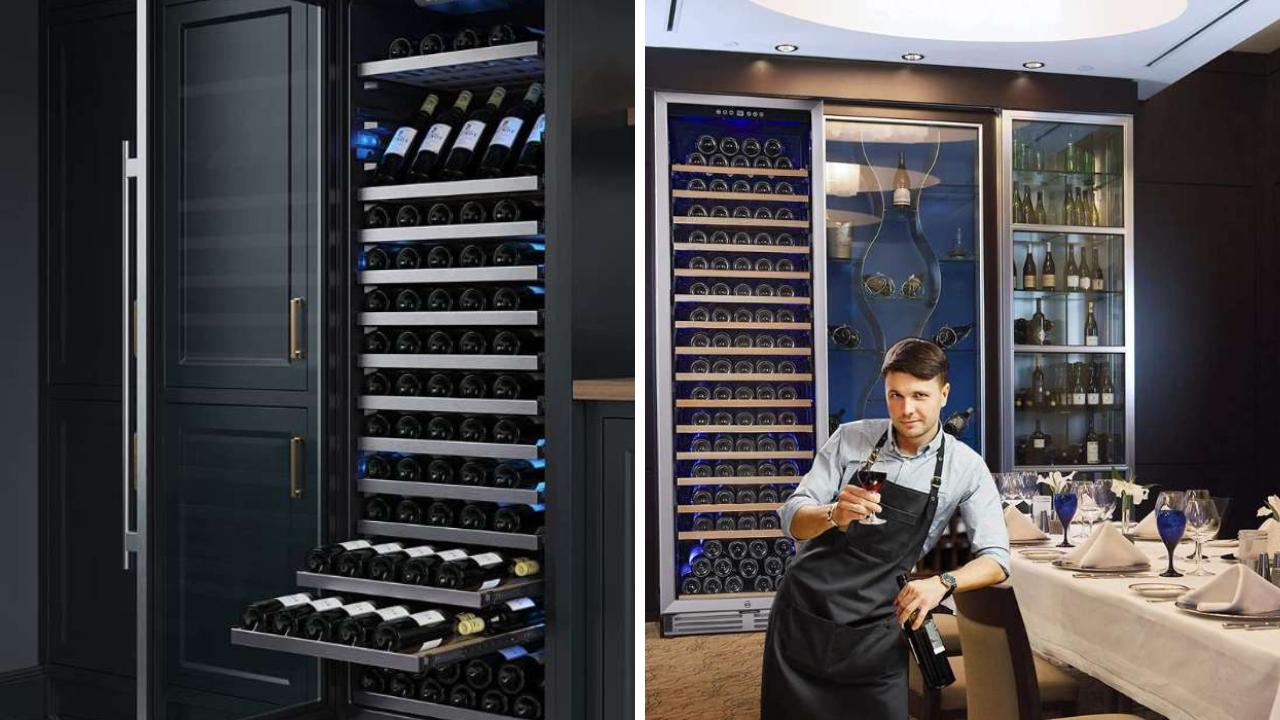
We also have our top picks for the best under counter wine fridge you might want to check out!
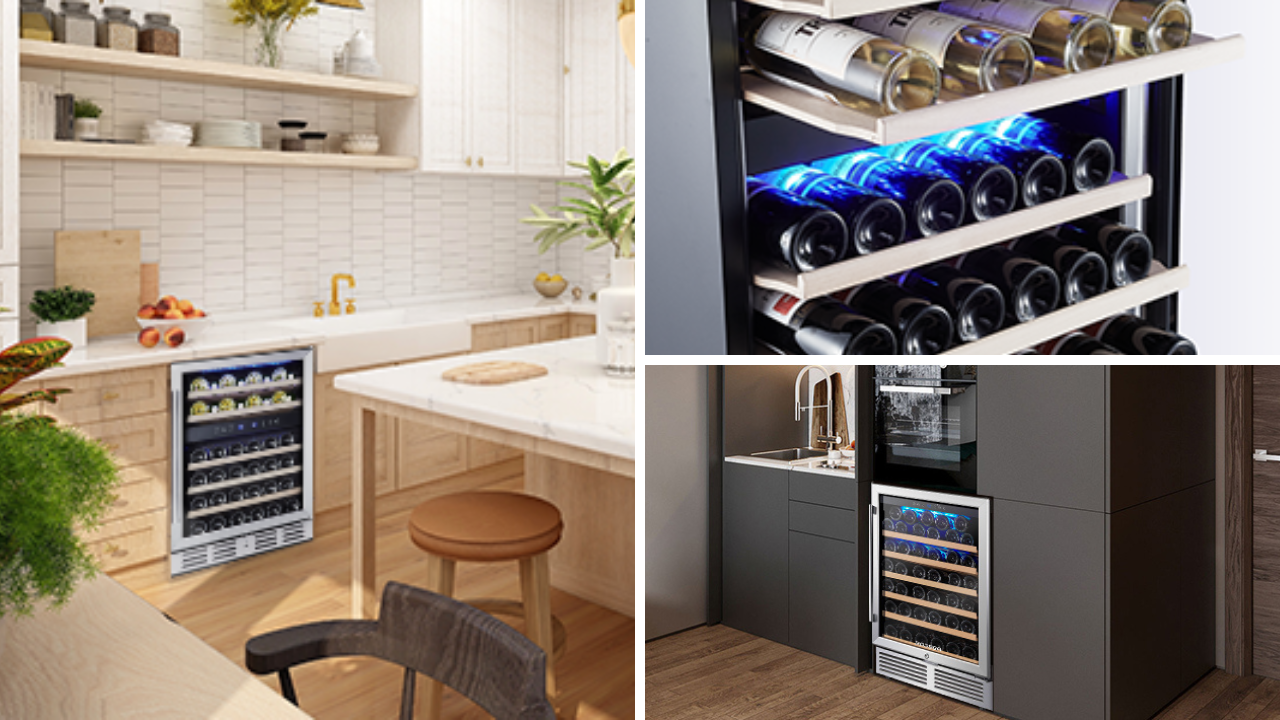
So, gather your loved ones, raise a glass, and savor the moments of joy that come with serving wine properly.
IncredibleRatings










